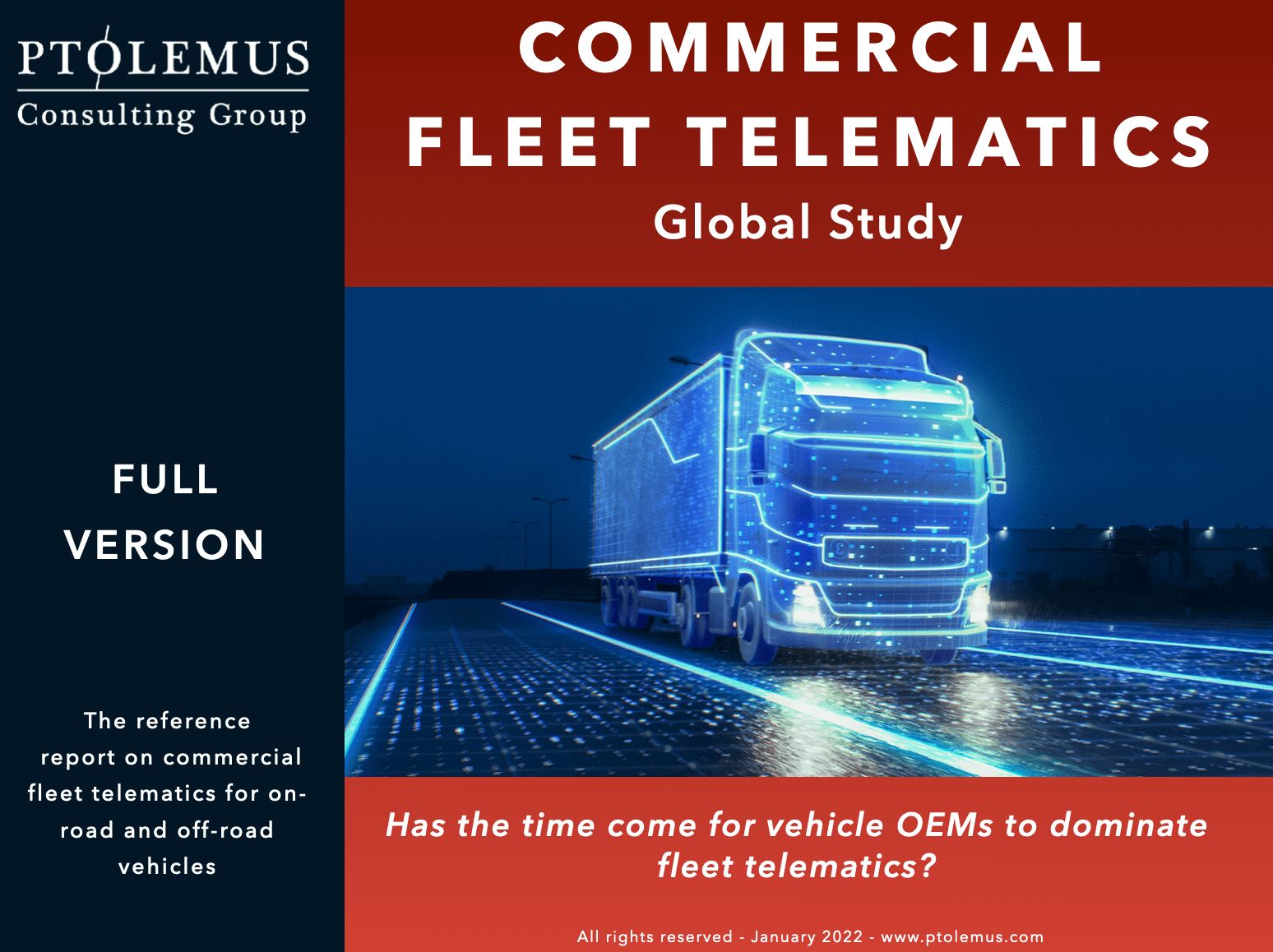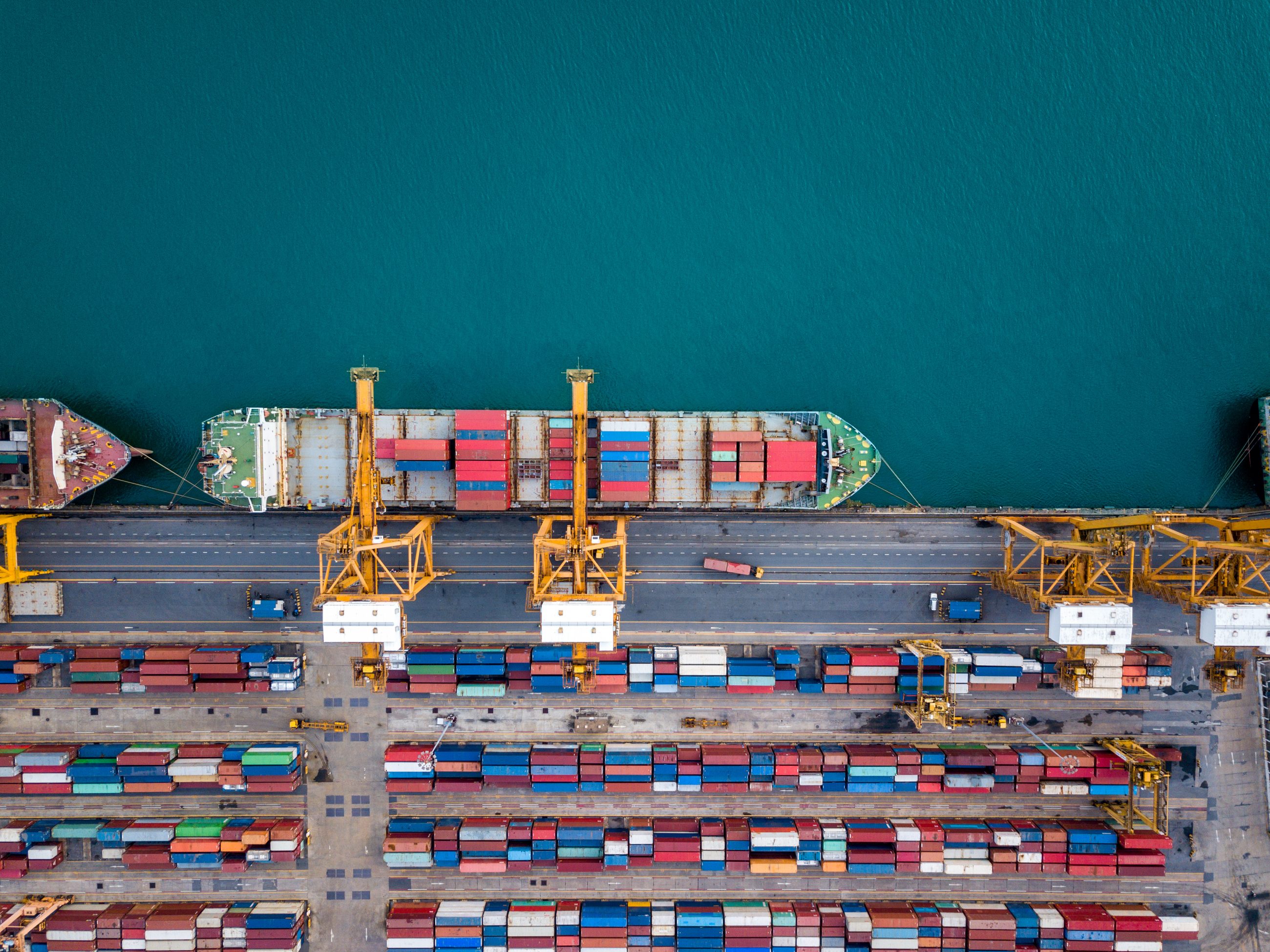Why is the European fleet telematics market still so fragmented?

After decades of M&A, the European market for fleet telematics services (FMS) remains far from being consolidated.
The combined share of equipped vehicles by the top 10 Telematics Service Providers (TSPs) does not exceed 45%. If we consider the segment for Heavy Goods Vehicles (HGVs), which has generally been ahead, the top 10 TSPs do not represent more than 40%! This is far behind the level of concentration of the North American market.
This is despite dozens of acquisitions and mergers in the space in the last 10 years, as shown in the diagramme below.

So why is the market still so fragmented?
The main reason is that many of these transactions have not been always about gains in market share.
Of course, many players have been trying to consolidate the supply, for example:
- Since 2018, AddSecure has acquired no less than 10 competitors in the Northern European truck telematics market: Vehco, Paetronics, frameLOGIC, Connexas, Navkonzept, RTL Telematics, LostnFound, Clifford Group, Connecting Solutions and Astrata Europe!
- Another Scandinavian TSP, ABAX, has acquired many companies including Automile, RAM Track & Trace Belgium, Movolytics and recently Fleet360,
- Targa Telematics has acquired TRACKiT and Viasat Group – which itself had acquired Enigma, Cefin Systems, MobileFleet and EuroGPS – focusing mostly on company car and van fleets;
- Shiftmove, itself the result of the merger of Avrios and VIMcar, recently acquired French TSP Optimum Automotive;
- More recently, Latvian company Mapon has purchased several vendors in the Baltics and Nordics regions such as CarCops, TrackOn and Interkom.
However, despite this high level of consolidation activity, it must be said that most and many of the largest M&A transactions have been initiated by new entrants.
Sometimes, these new entrants have been TSPs from other markets:
- US-based Verizon Connect acquired Irish TSP Fleetmatics,
- US device vendor CalAmp acquired SVR specialist LoJack, which was present in Italy,
- US / Israeli company Powerfleet, itself the result of the Pointer acquisition by ID Systems, purchased Mix Telematics and Fleet Complete as well as insurance telematics provider MovingDots,
- South Africa-based Ctrack re-acquired Inseego, its former European unit,
- Platform Science acquired global player Trimble Telematics, which had a significant presence in the domain in Europe.
In addition, many of the transactions were conducted by companies operating outside of the telematics market:
- Michelin acquired Masternaut, renaming it Michelin Connected Fleet,
- Bridgestone acquired TomTom Telematics, renaming it Webfleet Solutions,
- And another tyre manufacturer, Brisa acquired Arvento,
- Coyote System, the speed camera alert provider, acquired Traqueur,
- Transics was acquired by a tier-1 automotive supplier WABCO, itself purchased later by ZF,
- Cojali was purchased by another tier-1, Knorr-Bremse,
- Free2Move, the Stellantis unit, acquired Kuantic,
- Radius acquired Sure-Track, Plant-I, CanTrack and VUE Group;
- Another payment company, Eurowag, is busy building a juggernaut of services to Commercial Road Transport (CRT) fleets and since its first FMS purchase (Princip) has also built up its presence in telematics follow on transactions Sygic, WebEye and Inelo;
- Finally, DKV Mobility, the European fuel card services leader, which was until recently outside of telematics, purchased a small TSP, Styletronic.
This actually means that a very large number of M&A transactions have actually led to an increased number of suppliers in the industry, not a smaller one! This largely explains the still relatively high number of contenders in this business.
Why is fleet telematics so attractive to third party groups?
The acquisition of a fleet management services (FMS) provider brings many benefits to other industry players, namely:
- Access to a continuously expanding market, as Europe still has not reached a 50% penetration rate of its fleet vehicles,
- Recurring revenues, typically based on a SaaS business model, which has attracted many hardware makers, from telematics device procures to tyre manufacturers to tier-1 suppliers,
- But also a vast quantity of real-time data from equipped vehicles.
Access to this dynamic data is central to the evolution of many transportation sectors.
For tyre makers, connected fleet datasets are a crucial way of measuring the performance and improving their products. The same goes for braking systems manufacturers such as WABCO and Knorr-Bremse.
 For payment solutions vendors such as Radius, Eurowag and DKV, the interactions are multiple but if anything, telematics brings mission-critical data that significantly strengthens the customer relationship and retention power of the payment company. We expect even more integration.
For payment solutions vendors such as Radius, Eurowag and DKV, the interactions are multiple but if anything, telematics brings mission-critical data that significantly strengthens the customer relationship and retention power of the payment company. We expect even more integration.
For software providers like Alerce, FMS brings actual vehicle data in the logistics flow, complementing its Transport Management Systems (TMS) and Warehouse Management Systems (WMS) offerings to offer an end-to-end and comprehensive tracking of the cargo.
All of this means that the days when the European fleet telematics market will be dominated by 3 to 5 players are still far away!
At the convergence of hardware, software, data and processes, the FMS market has attracted the attention of many actors that have seen the digitalisation capabilities and productivity improvement potential of telematics for companies of all size.
With the decrease in EU interest rates, we expect the M&A market to find renewed energy in the coming few months. Many emerging segments are also making the business very attractive, from Driving Risk Management (DRM) to video telematics, Payments-Telematics Integration (PTI) and connected fleet insurance.
To learn about PTOLEMUS’ experience of supporting investors in fleet telematics M&A, please contact Frederic Bruneteau.

